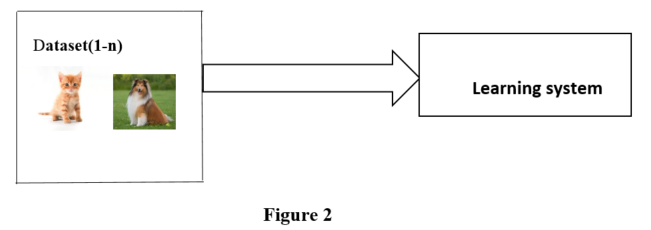How Machine Learning actually works
Over the last few years, machine learning has gained traction at an increasing rate, with more and more businesses adopting machine learning into their day-to-day processes. In recent years, machine learning is gaining more and more popularity, but what exactly is the Machine Learning?
The experts at DELMIA take a deep dive into the intricacies of machine learning, so you will have a better understanding of what it is and how it is used.

Evolution of Machine Learning
The name “Machine Learning” initially originated from famous gaming researcher Arthur Lee Samuel. Samuel is the first person to bring self-learning programs into society. This remarkable discovery shortly laid the foundation for Machine Learning algorithms.
In later years, raising popularity in Machine Learning (ML) and Artificial Intelligence (AI) give birth to many innovations in the field of Computers and Automation. Similar definitions and usage of ML & AI created ambiguity in distinguishing these two fields. In fact, few beginners in this field often use AI and Machine Learning interchangeably, but the fact is that they are not the same.
Artificial Intelligence is the integration of Machine Learning algorithms. Artificial Intelligence models are used to perform multiple tasks such as self-driving cars, humanoid robots, etc.
On the other hand, Machine Learning is used to accomplish only specific tasks like spam detection, Movie recommendation, and Image classification.
Actually, Machine Learning is a sub-field of AI.

Machine Learning is Broadly Segmented into 3 Types
- Supervised Machine Learning
- Unsupervised Machine Learning
- Reinforcement Learning
Supervised Machine Learning
Supervised machine learning is the most commonly used technique. Many industries use supervised machine learning techniques to train machine learning algorithms.
In supervised Machine Learning, we supervise or teach the machine using labelled data. In other words, we show the sample data and tell the machine what the label is, likewise we do it for every sample in the data set.

In figure 1 Dataset consists of ‘n’ Labelled cat and dog images, each image is labelled with a tag. For instance, in figure 1 Image 1 is labelled as a cat. Likewise, there will be ‘n’ labelled images from 1 to n.
In supervised learning, the teacher holds the actual values for every corresponding image in the dataset. Similarly, the learning system will give predicted values for every corresponding image in the dataset. Once we got the image output values from the teacher and learning system error function will calculate the error between actual and predicted values.
Using the feedback error, the learning system will keep on updating its parameters (weights) to minimize the error value. Eventually, this process of learning parameters (weights) will help the Learning system to understand the model.
Unsupervised Machine Learning
In contrast to supervised Machine Learning, unsupervised machine learning doesn’t have any monitoring or teaching system. We let the machine to figure out its own model from unlabelled data.

In figure 2 the data set consists of ‘n’ images of cats and dogs but now this image is unlabelled (means we don’t mention their tags to learning system), for instance, in figure 2 now Image 1 is unlabelled it may be cat or dog. Likewise, there will be ‘n’ unlabelled images from 1 to n.
So, to tackle this unsupervised learning system uses the concept of clustering. Clustering is a grouping technique in which similar featured objects are grouped together. In the above example figure 2, we have two different categories (cats vs dogs). We design our learning system capable of clustering into two groups of images separately. We achieve this by the concept of feature selection in other words similarly in images are grouped together and dissimilar images group together.

Reinforcement Learning
Reinforcement learning is a special type of machine learning especially used for game theory, signals and system and control systems.
In reinforcement learning, whenever the environment is sending the information to the learning system, its output values and critic will comment on those values. For instance, if the output is appropriate for the machine, then it will reward the learning system to perform the next task through actions. However, if the output is erroneous, it punishes learning system and sends a single through actions to repeat the same task with the different data point.
Likewise, it checks every point in the environment to get the reward from the critic. This process of validating every single point will consume huge memory, time and require high computation speed. This is a major drawback of reinforcement learning. However, machine learning researchers are still working on it to compensate for these issues and to create much more cost-efficient systems. Hopefully in the near future we able to see one.
What’s Next
Most Machine Learning algorithms fall under these categories, but current advancement in machine learning created many more different algorithms, such as Semi-Supervised Learning.

Why and Where We use Machine learning
Machine Learning is going to a common buzzword in Medical, Finance, Transportation, E-commerce and many more sectors. But why are popular companies focusing on machine learning nowadays? The answer is because of the Machine Learning capabilities.




















